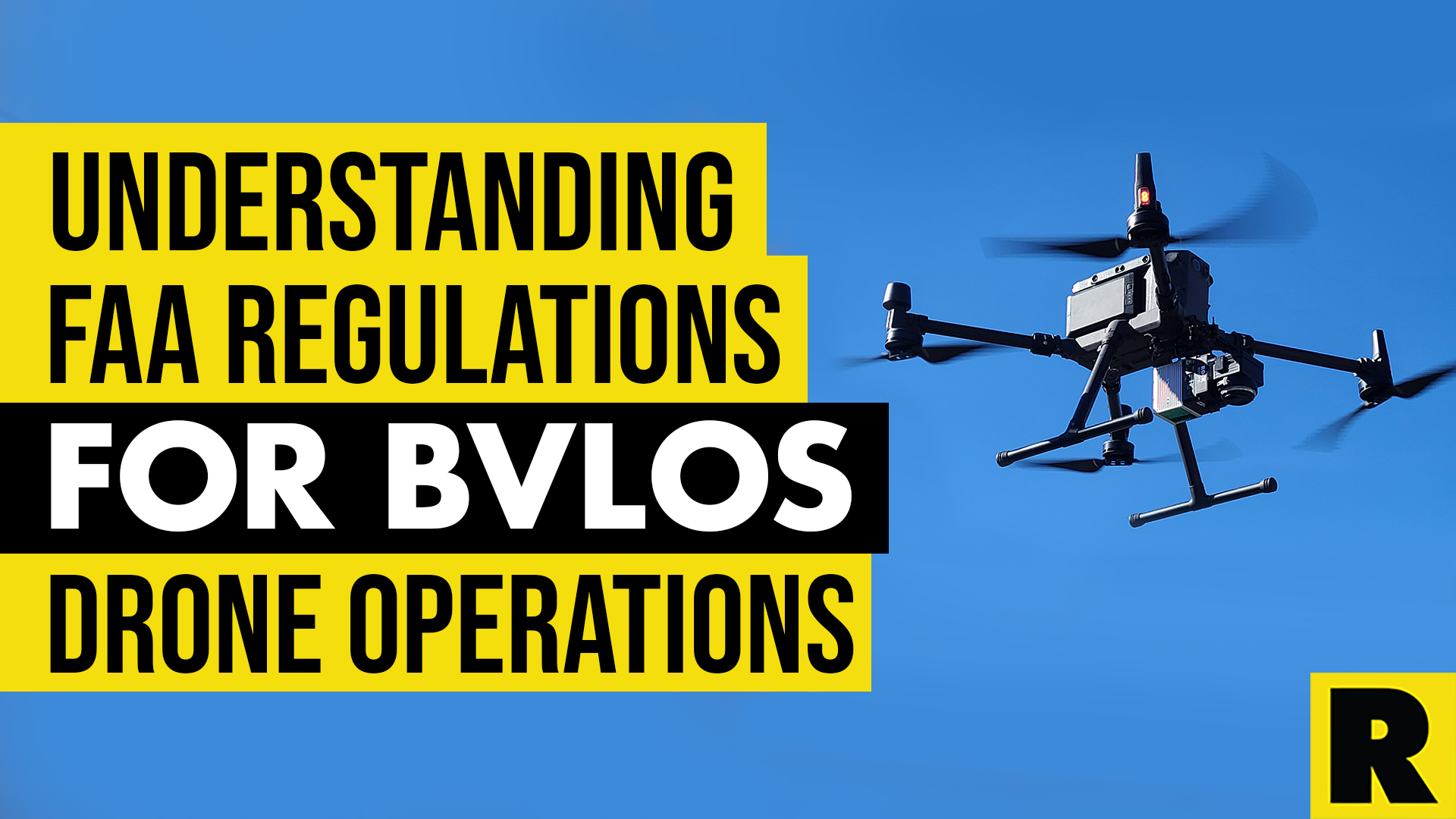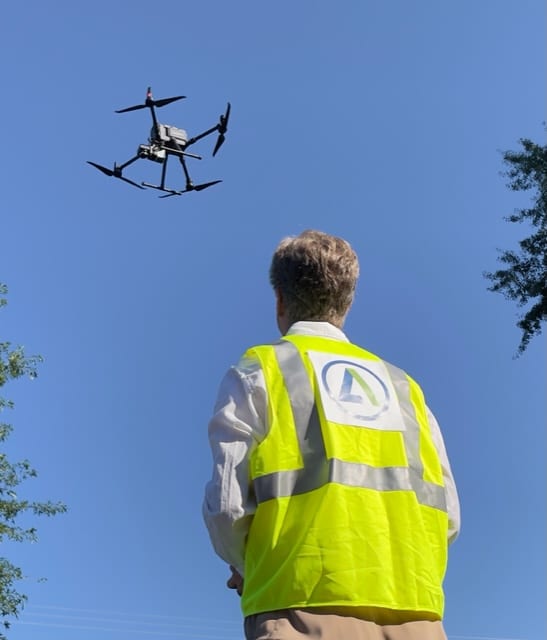Understanding FAA Regulations for Beyond Visual Line of Sight (BVLOS) Drone Operations
Jan 09, 2023
In recent years, drones have become increasingly popular for both personal and commercial use. However, one area where their use has been limited is in beyond visual line of sight (BVLOS) operations, where the drone is not within the operator's direct line of sight. This type of operation poses unique safety and technical hurdles, and as a result, the Federal Aviation Administration (FAA) has strict regulations in place for it.

The FAA requires that all drone operators maintain a visual line of sight with their drones at all times. This means that the operator must be able to see the drone with their own eyes, use binoculars or use a first-person view (FPV) device to maintain visual contact. This limits pilot ability to fly jobs with features like long-distance line inspection or inaccessible terrain. However, these jobs that are difficult or near-impossible to fly while maintaining line of sight would become easily achievable if the drone could safely operate beyond the operator's line of sight.
In order to operate a drone beyond the line of visual sight, the FAA requires operators to obtain a Part 107 BVLOS Waiver. The process for obtaining a waiver can be complex and time-consuming, and it involves demonstrating that the proposed BVLOS operation can be conducted safely. This requires drone service providers to submit detailed plans and procedures, as well as data on their drones. The FAA then reviews the application and determines whether to grant the waiver. Easy, right?
Not so fast — obtaining a Part 107 BVLOS Waiver isn't a guarantee that the operation will be approved. The FAA will carefully consider the safety of the proposed operation and may impose additional restrictions or conditions on the waiver. For example, the FAA may require the operator to have a visual observer on hand to assist with maintaining situational awareness or to use certain technologies such as automatic dependent surveillance-broadcast (ADS-B) to track the drone's location.

Robert Wilhite, sUAS Director at Alpharetta, Georga-based Alliance Engineering + Planning, wanted to legally reach undeveloped terrain and larger job sites with his LiDAR drone beyond visual line of sight to perform a job easier and more efficiently. "Trying to keep the drone within line of sight is a constant challenge," Wilhite reported. "The amount of time it takes in the field to adhere to that is an uphill battle. I was motivated from a legal standpoint to make sure we were doing things correctly according to Part 107."
The Part 107 BVLOS Waiver application process is fairly intricate, but Wilhite and Alliance were able to obtain approval successfully. You can find the application and more information on the FAA's website here. "The BVLOS process takes months and — depending on the complexity of the project — can take up to a year," offered Wilhite.
"We partnered with a firm that has obtained a vast majority of the BVLOS applications that are currently approved," said Wilhite. "If I can create a partnership with those who have already done it, then that will dramatically reduce the amount of time it takes to write the waiver and get it submitted."
Go deeper: The ROCK Robotic team discusses the Part 107 BVLOS Waiver in depth with Robert Wilhite in this video interview.
At this point, the waivers that have been approved are all bound to a specific geographical area. Wilhite believes the BVLOS waiver will soon not be limited to a geographical area, except as it relates to controlled airspace. Alliance's second BVLOS waiver isn't based on specific geography, and Wilhite hopes the FAA will approve new BVLOS waivers by these new "non-geo" parameters.
The FAA has strict regulations in place for BVLOS drone operations, and operators must obtain a waiver from the agency in order to conduct such operations. The process for obtaining a waiver can be complex and time-consuming, but the payoff of obtaining the BVLOS waiver to engineering and surveying firms is potentially massive.